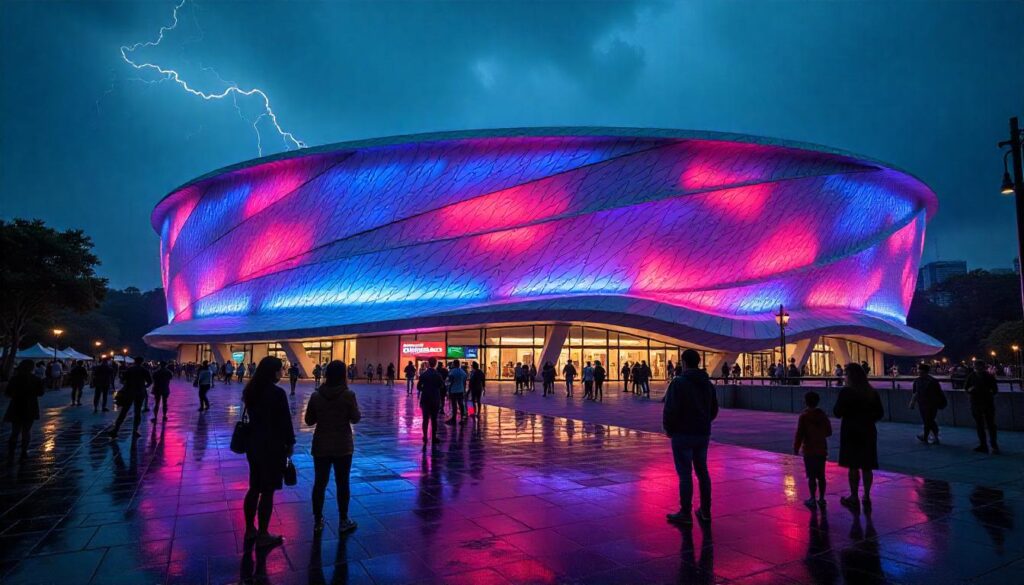Introduction
The FIFA World Cup 2026 is set to be one of the most ambitious and exciting tournaments in the history of football. For the first time, it will be hosted across three countries: the United States, Canada, and Mexico. This bold move reflects FIFA’s vision of expanding the global reach of the sport, as well as the increasing popularity of soccer in North America. With just a year to go, preparations are in full swing, involving infrastructure upgrades, team qualifications, fan experiences, and technological innovations that will redefine how the world experiences the beautiful game.
Host Countries and Stadium Readiness

The 2026 World Cup will feature 48 teams, up from the previous 32, making it the largest tournament in FIFA history. As a result, the host countries are preparing an extensive list of stadiums and training facilities. Major cities like New York, Los Angeles, Toronto, Mexico City, and Dallas are making significant renovations to meet FIFA standards. This includes expanding seating capacities, installing advanced turf systems, and ensuring world-class media and fan amenities.
Each host nation is also working to modernize transportation networks and accommodations. Airports, rail systems, and highways are being upgraded to handle the expected influx of millions of fans. Local governments are coordinating closely with FIFA to ensure security, sustainability, and crowd control are all managed effectively.
Team Qualifications and Training

As the qualification rounds continue in 2025, national teams across the globe are in fierce competition to secure a place in the tournament. Traditional football powerhouses like Brazil, Germany, and Argentina are expected to qualify, but the expanded format opens up new opportunities for emerging nations to participate on the world stage.
Meanwhile, players and coaches are already planning for the intense training schedules and tactical preparations required to compete. Many teams are utilizing data analytics, AI, and sports science to gain an edge. With youth development programs also gaining attention, the 2026 World Cup may see the debut of a new generation of global football stars.
Fan Experience and Technological Innovations

The 2026 World Cup is expected to set a new standard for fan experience. Ticketing systems will be largely digital, with mobile apps providing real-time information on matches, venues, and transportation. Augmented reality and virtual reality may allow fans to enjoy immersive experiences, whether at home or inside the stadiums.
Sustainability is another core theme. FIFA and the host countries have committed to reducing the tournament’s environmental footprint. Efforts include the use of renewable energy in stadiums, plastic-free policies, and community-based sustainability programs.
Cultural and Economic Impact
Hosting the World Cup is about more than just sports. The 2026 tournament is expected to bring massive economic benefits to North America through tourism, job creation, and global exposure. It’s also a chance for the region to showcase its cultural diversity, with fans from around the world experiencing local traditions, music, food, and hospitality.
In addition, the event promotes unity and cross-border cooperation. The joint hosting by the U.S., Canada, and Mexico symbolizes a shared passion for football and a commitment to global collaboration.
Conclusion
As the countdown to the 2026 Soccer World Cup continues, the world is watching closely. Preparations are advancing at a rapid pace, blending modern innovation with the timeless spirit of the game. From stadium upgrades to team strategies, fan engagement to environmental awareness, every aspect of the tournament is being carefully crafted. The stage is being set not only for thrilling matches but for a global celebration of football that will leave a lasting legacy for generations to come.


